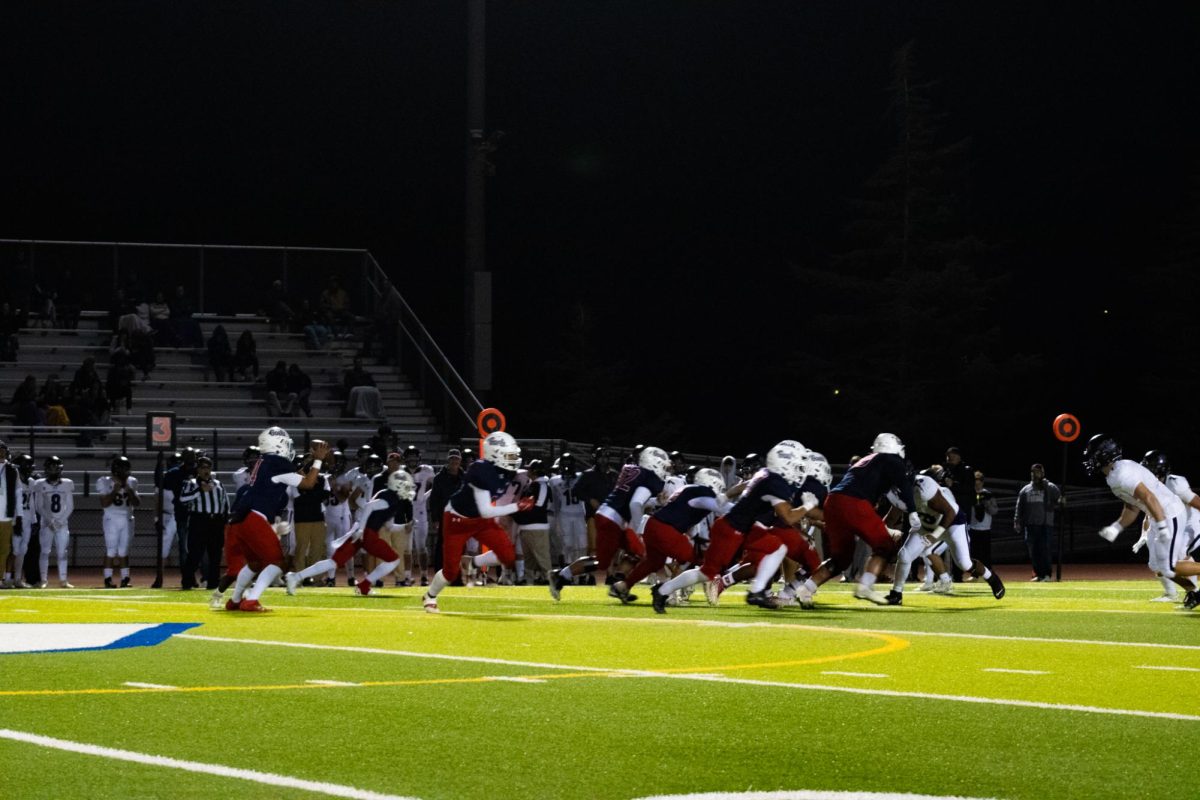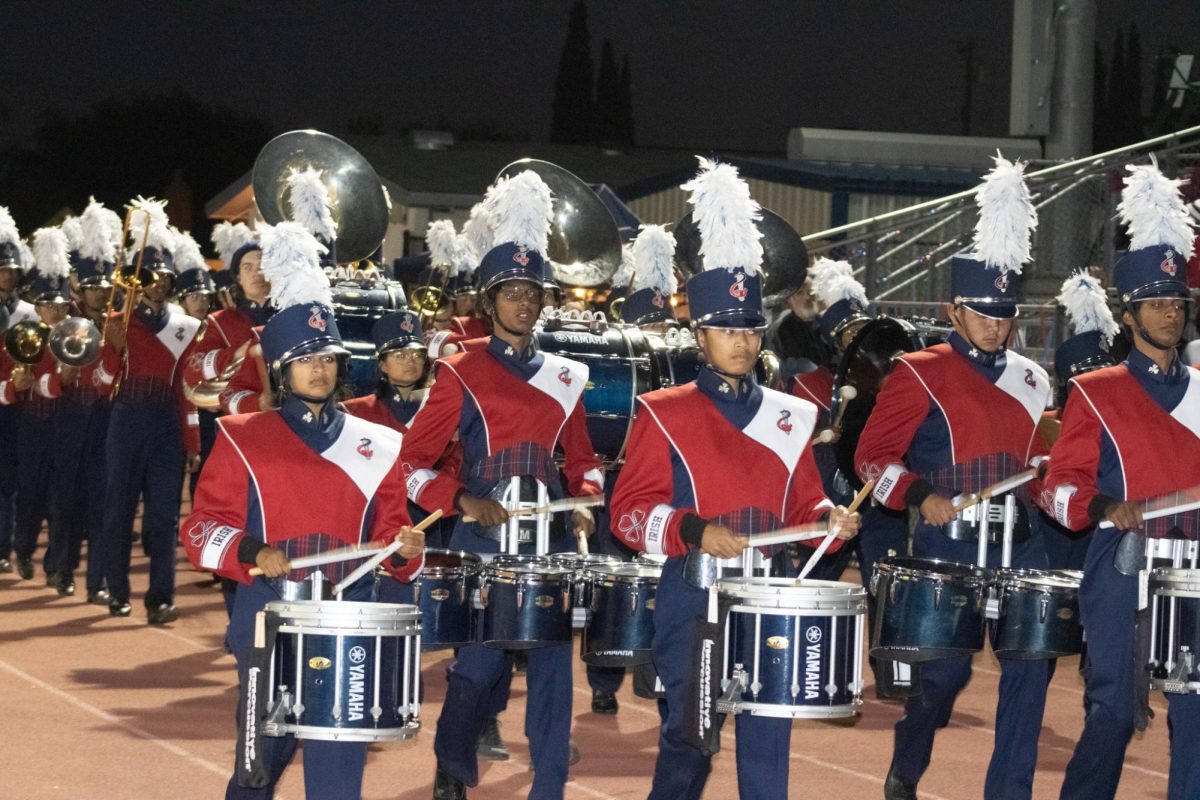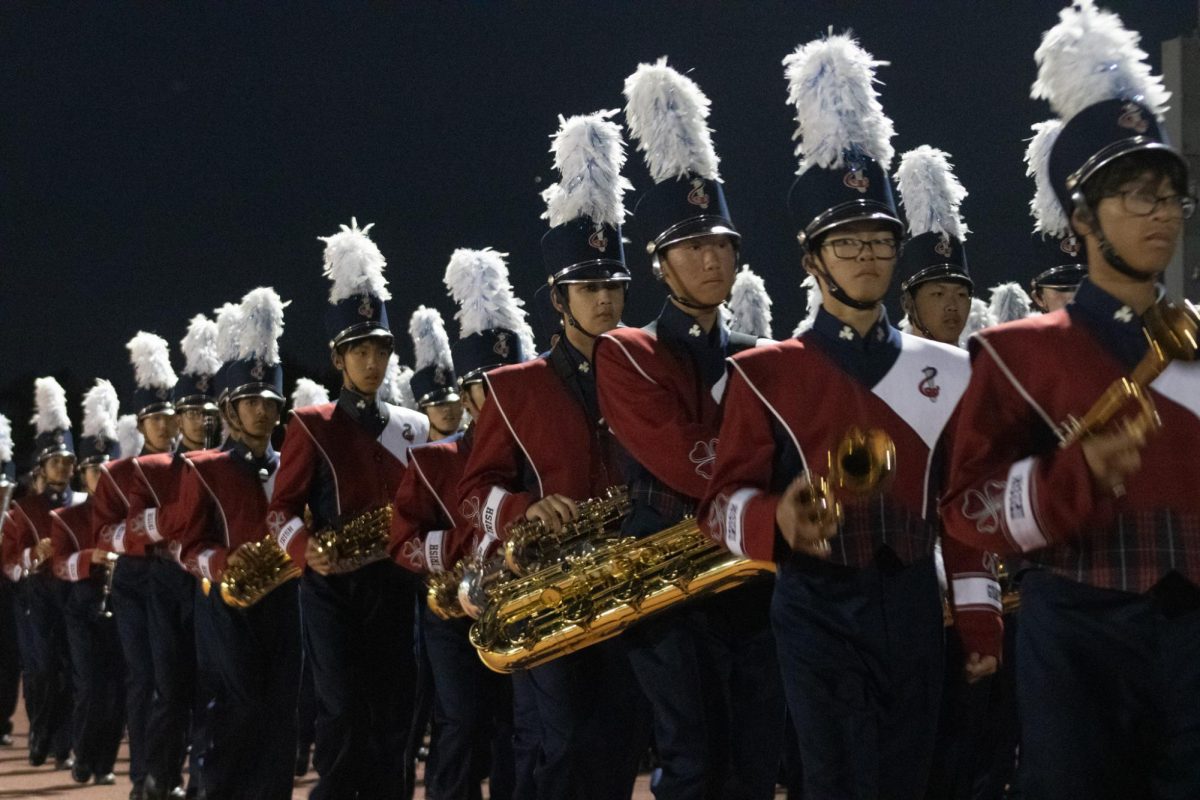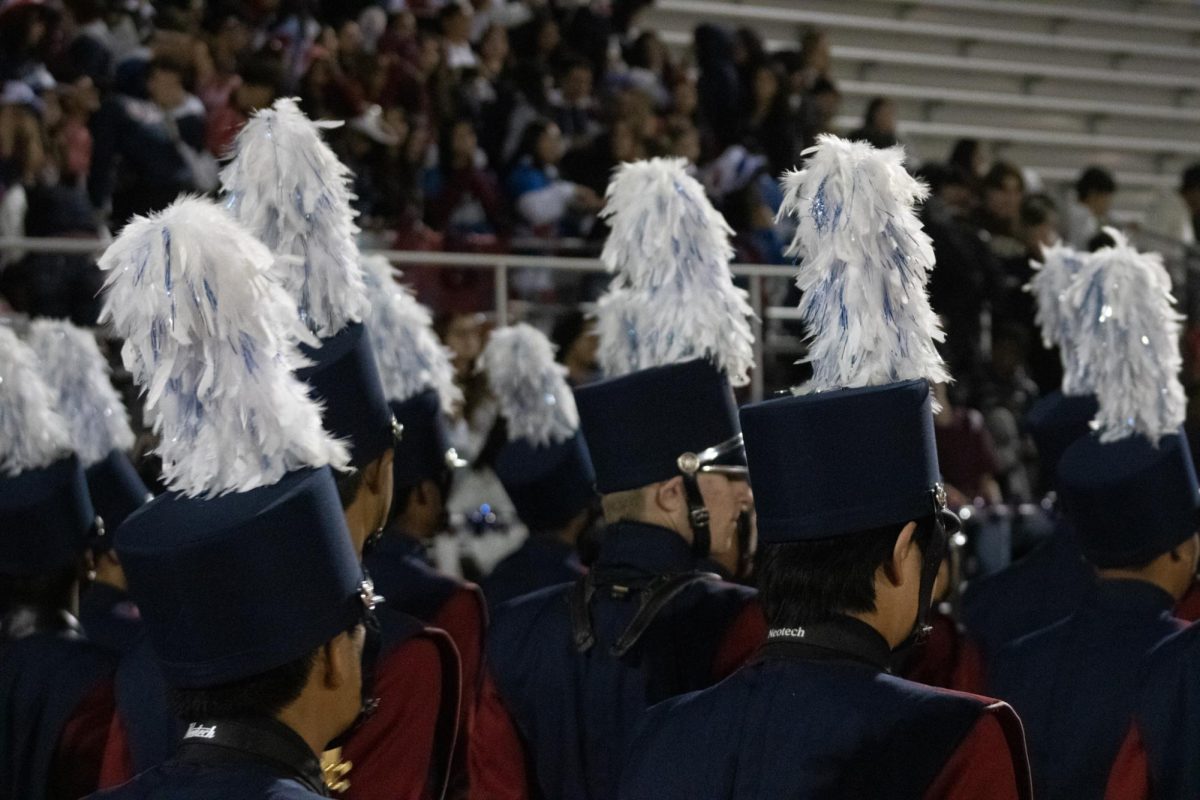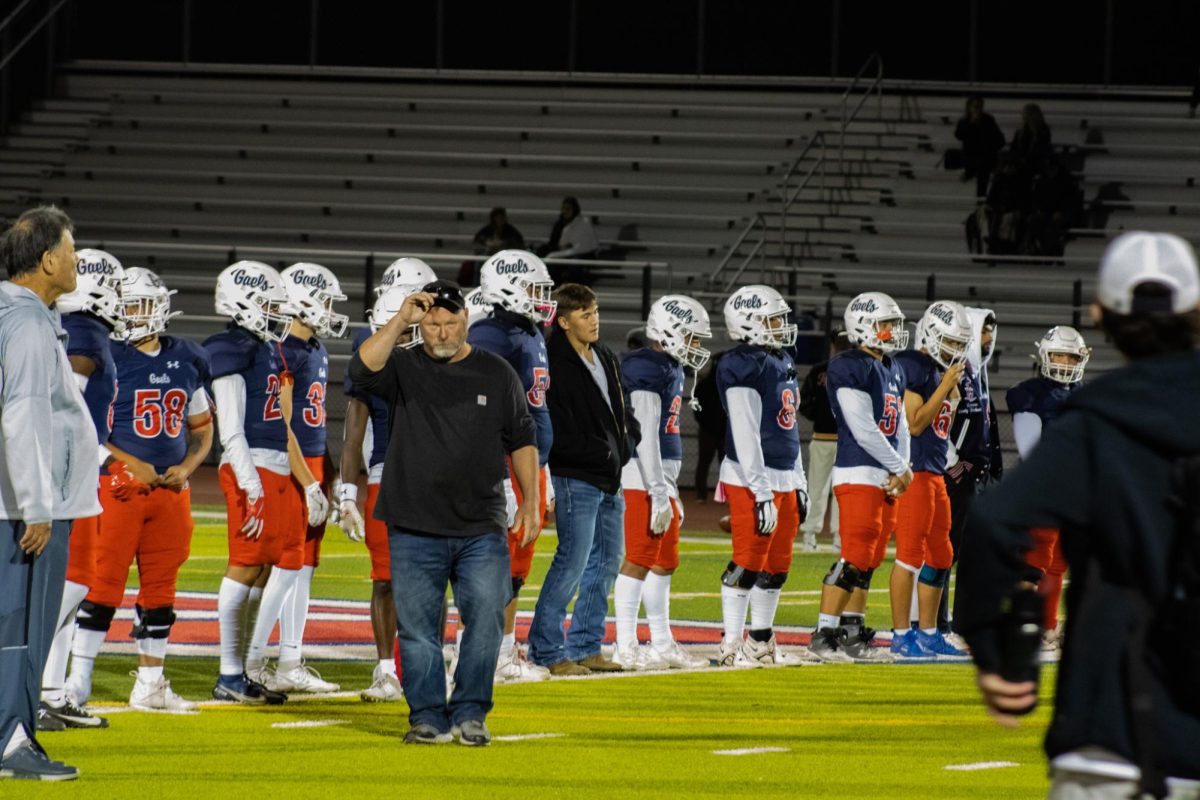Did you know that kids as young as second and third grade believe that boys are better at math? A study from the University of Washington found that despite no noticeable gender differences at this age in student performance in math, this stereotype is already ingrained in children from a young age. It’s no wonder, then, that girls are less inclined to pursue math. In an attempt to rectify this and inspire female students to embrace math, girls’ math programs were established. However, gender-specific programs are controversial and have been for a while, in part thanks to the controversy around affirmative action in college applications spilling over into other areas, putting previously accepted programs under scrutiny. Girls’ programs have been accused of being discriminatory and unfair to other students. As a girl in competitive math, however, who has seen firsthand the difficulties of being a girl in this field, I can say that girls’ math programs and contests are valuable and a necessity to provide a safe space for girls in math.
Competitive math is an extracurricular much like other competitive activities such as speech and debate—students compete in teams or individually to solve math questions, with each competition having a different format. Though math competitions exist for elementary to college students, the greatest number of and most prestigious competitions are concentrated at the high school level (including arguably the highest level, the International Math Olympiad).
There are many obstacles for girls in the field of competitive math, chief among which is cultural attitudes. In the western world, though stereotypes are changing, skill in math is still mainly attributed to boys. Girls are no longer told they can’t be good at math as much anymore, but they are still often discouraged, subtly or otherwise. Even now, my female classmates are far more likely than their male counterparts to claim they are bad at math when they are often on the same level or even better.
Another notable obstacle is a lack of role models. In lower levels of competitive math, the ratio of girls to boys is comparatively even. However, at higher and higher levels, you see fewer and fewer girls. Fewer than 1 in 6 students representing the United States at the International Math Olympiad, the highest level of competitive math, are girls. A big reason for this is that many girls quit—with a combination of a lack of role models and negative cultural attitudes, many girls who were interested in math in elementary school either lose their interest or their confidence by the time they get to high school, when the most opportunities for competitive math become available.
And, finally, it certainly doesn’t help that most well-known mathematicians are male. Most people in competitive math (and a lot of people not in it, for that matter) will recognize the names of Euler, Pascal, Pythagoras, Gauss, and Archimedes, but what about Emmy Noether? Sofia Kovalevskaya? Sophie Germain? Hypatia? Katherine Johnson? Most people, including a significant portion of people in competitive math, can’t even name a single female mathematician, and those that can will only generally know very few while being able to name at least a dozen male mathematicians.
These female mathematicians I named faced many obstacles too. Emmy Noether’s mathematical discoveries were crucial to Einstein’s development of his famous relativity theorem, yet she is forgotten by the history books despite Einstein himself acknowledging her contributions. Sofia Kovalevskaya had to enter into a false marriage in order to even be able to leave Russia, her home country, to study math at a university. Similarly, Sophie Germain was forced to study in secret by candlelight because she could not attend a university due to her gender. In a contest she entered, she won fair and square with an extraordinary research paper, but the organizers delayed rewarding her for her efforts by two years. Hypatia was assassinated by a mob for being one of the few female mathematicians of her day. As a black woman, Katherine Johnson had to fight twice as hard to get credited for her work—before the movie Hidden Figures, few knew she helped get Neil Armstrong and his crew on the moon.
In short, with all the barriers women and girls face in math and STEM at large, it is crucial to have spaces designated for girls to encourage them and nurture their interests. This is the first part of a two-part series, and in the next part, I’ll go into my own experiences as a girl in competitive math.




















